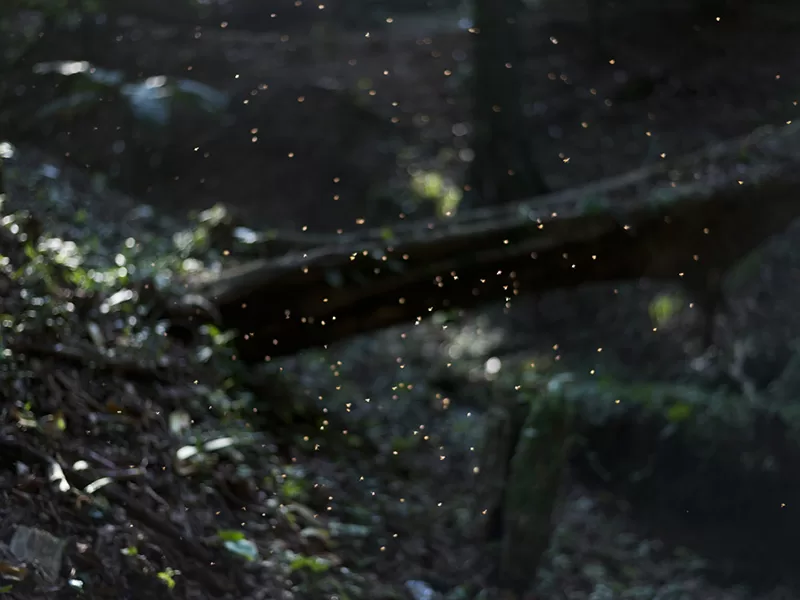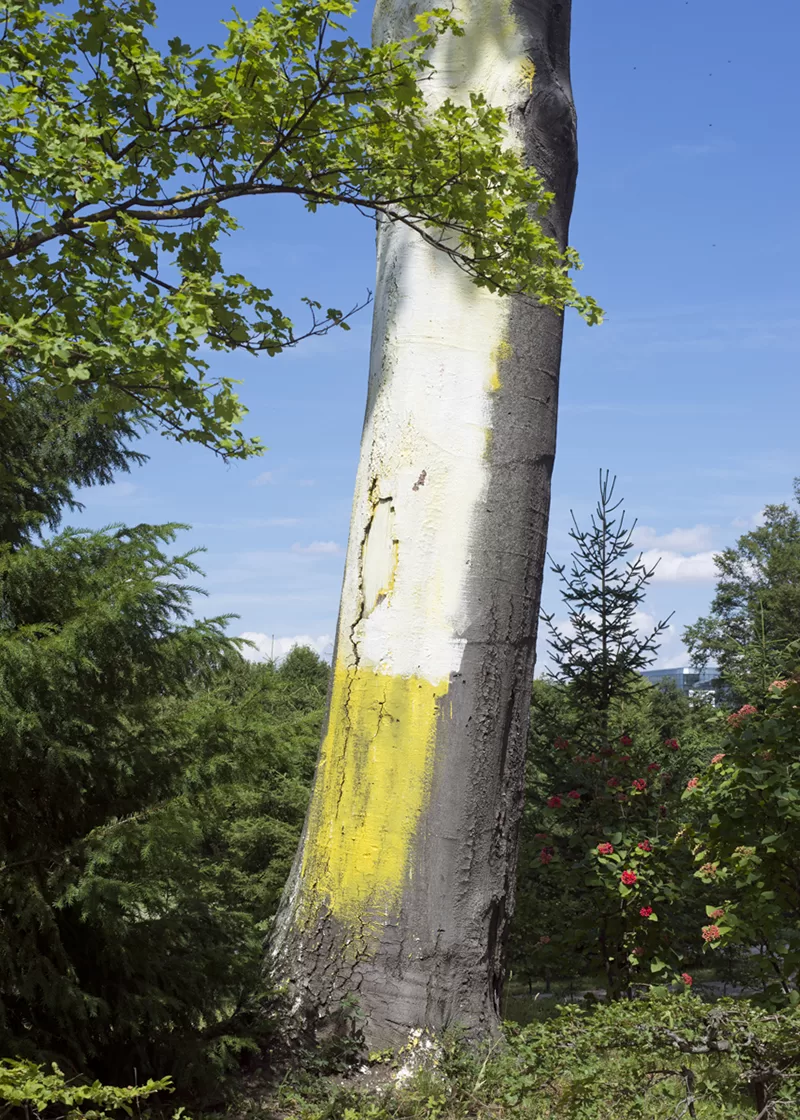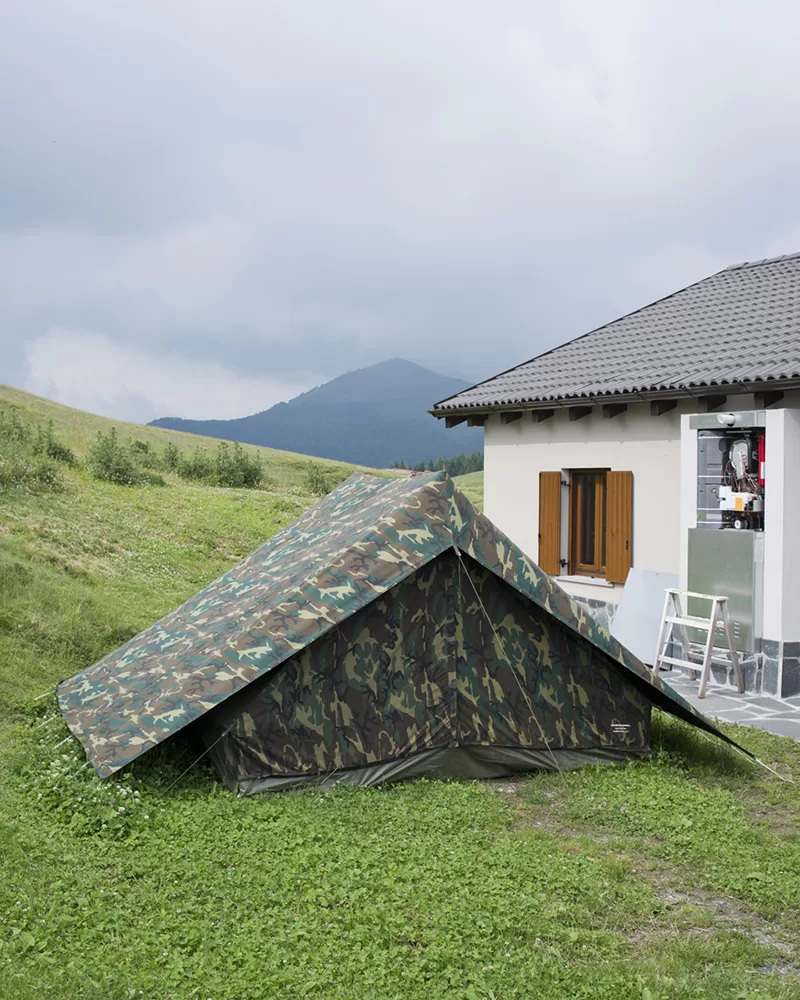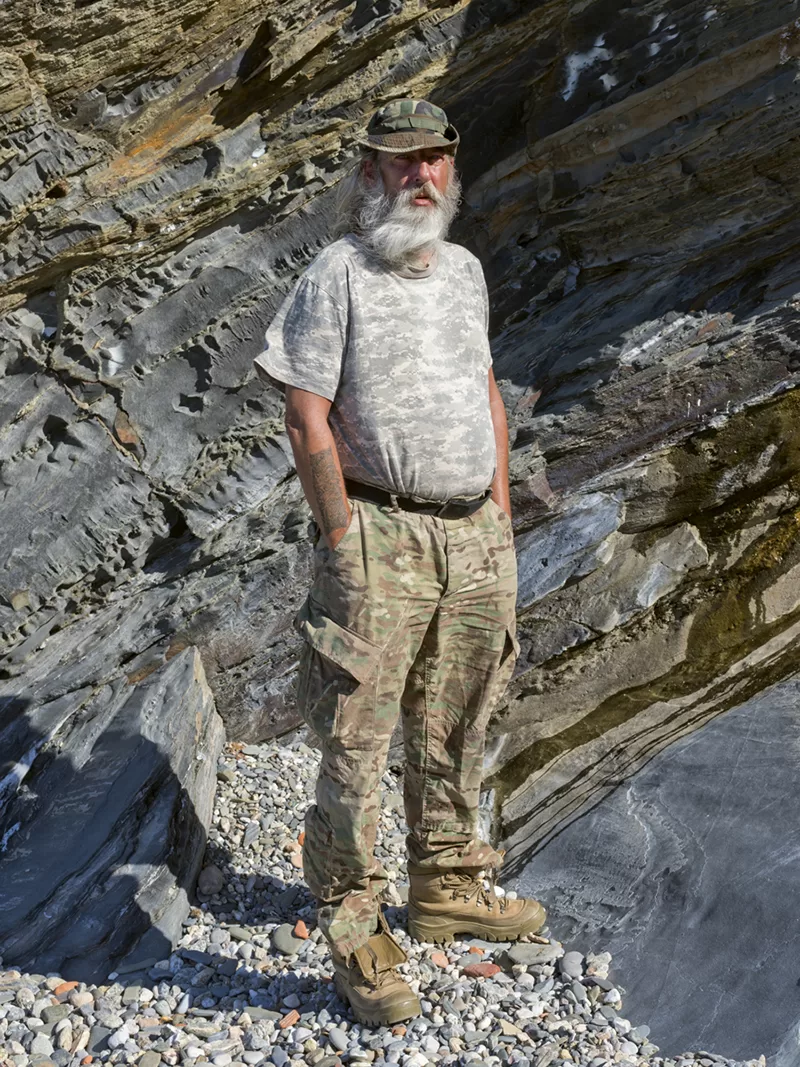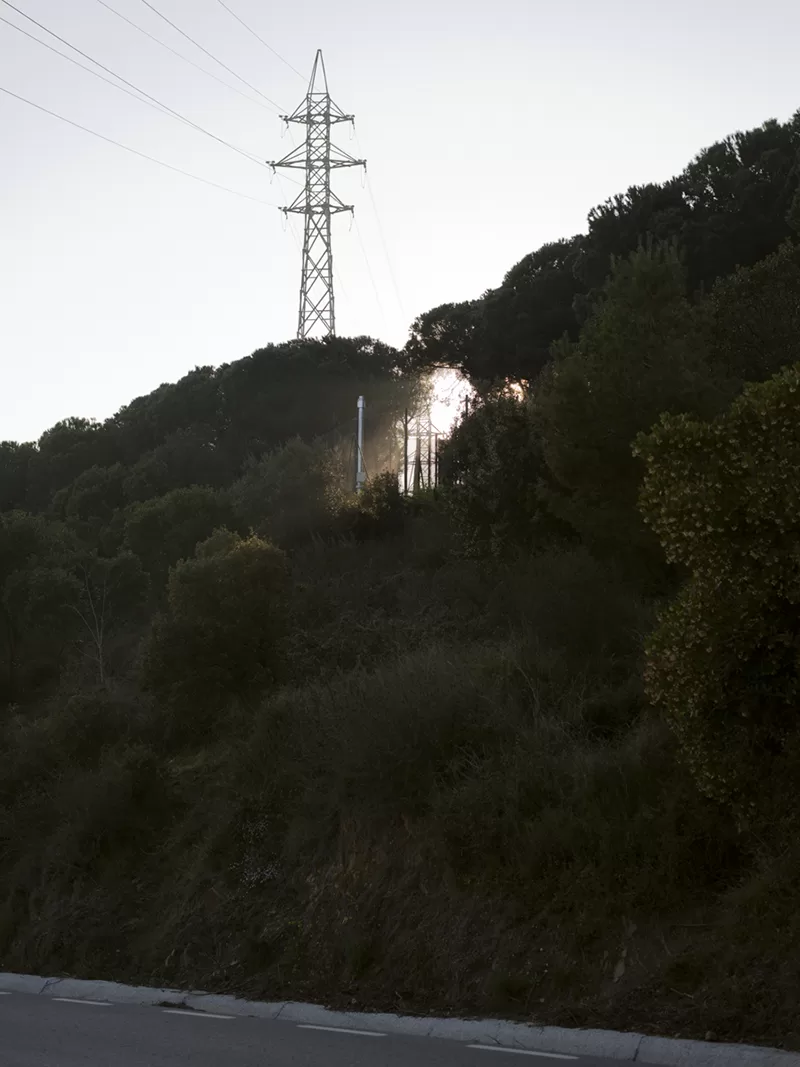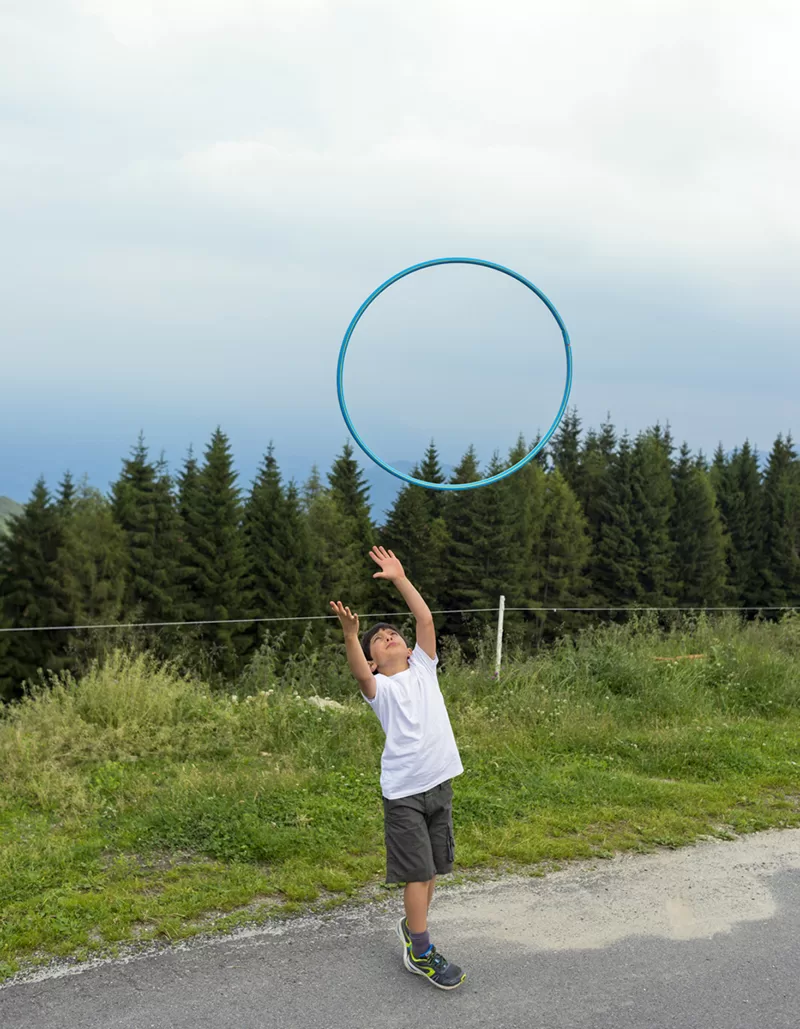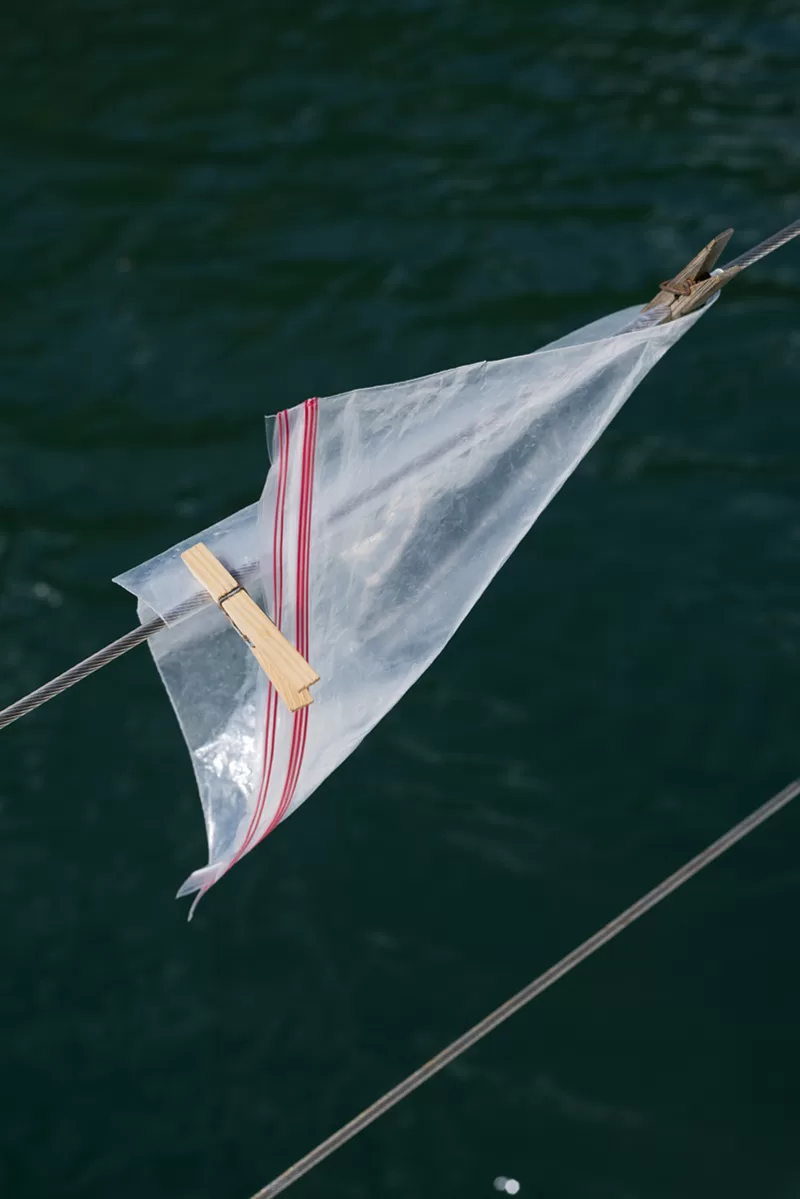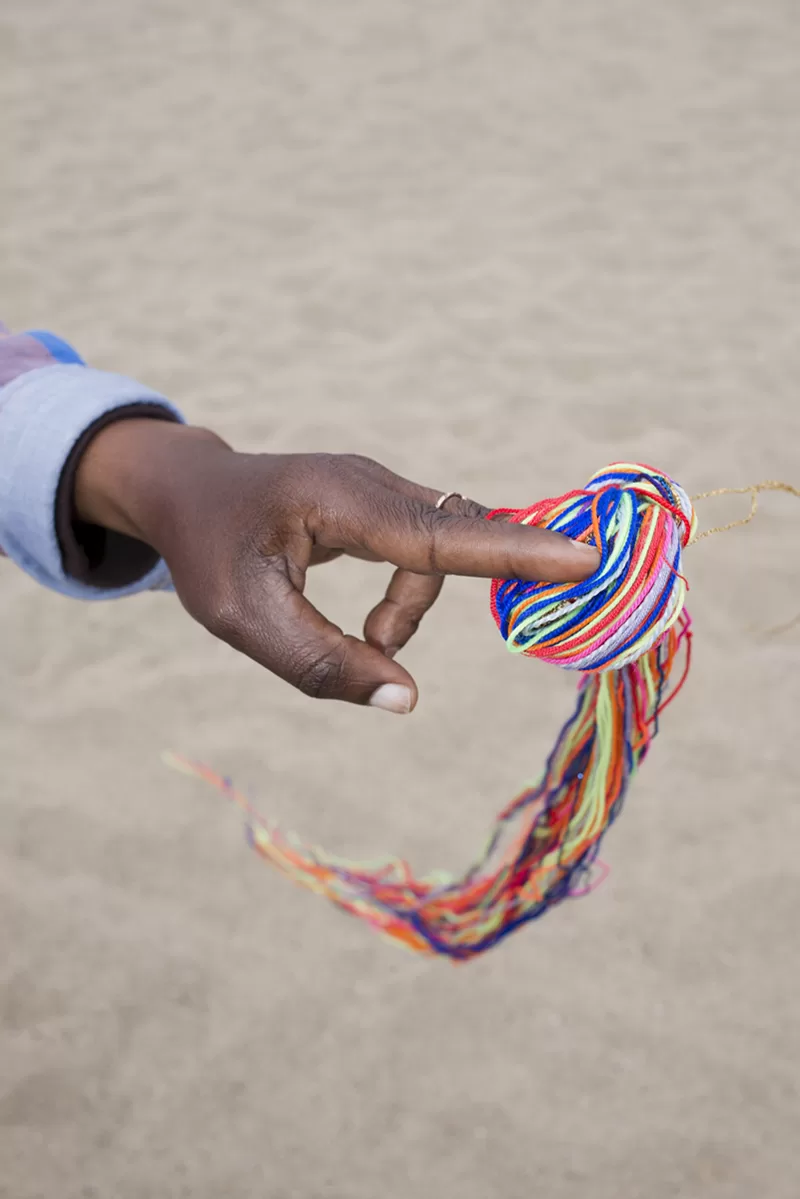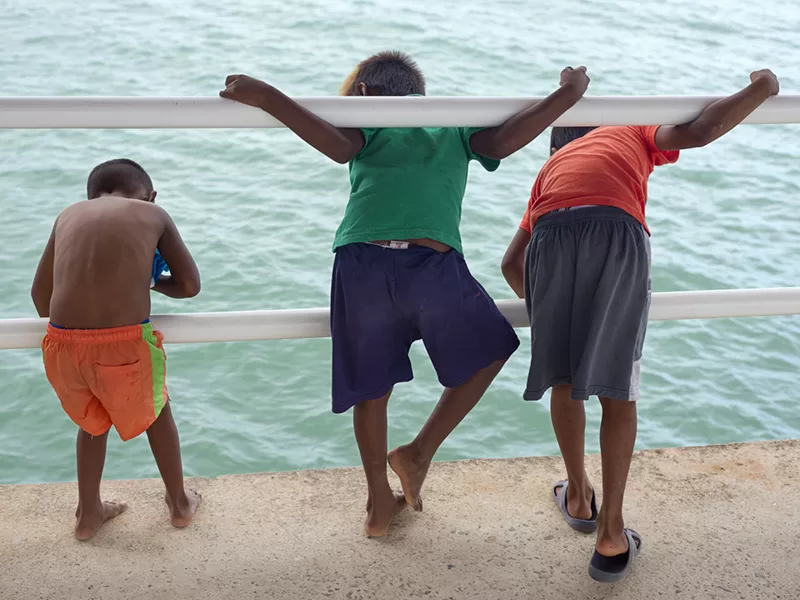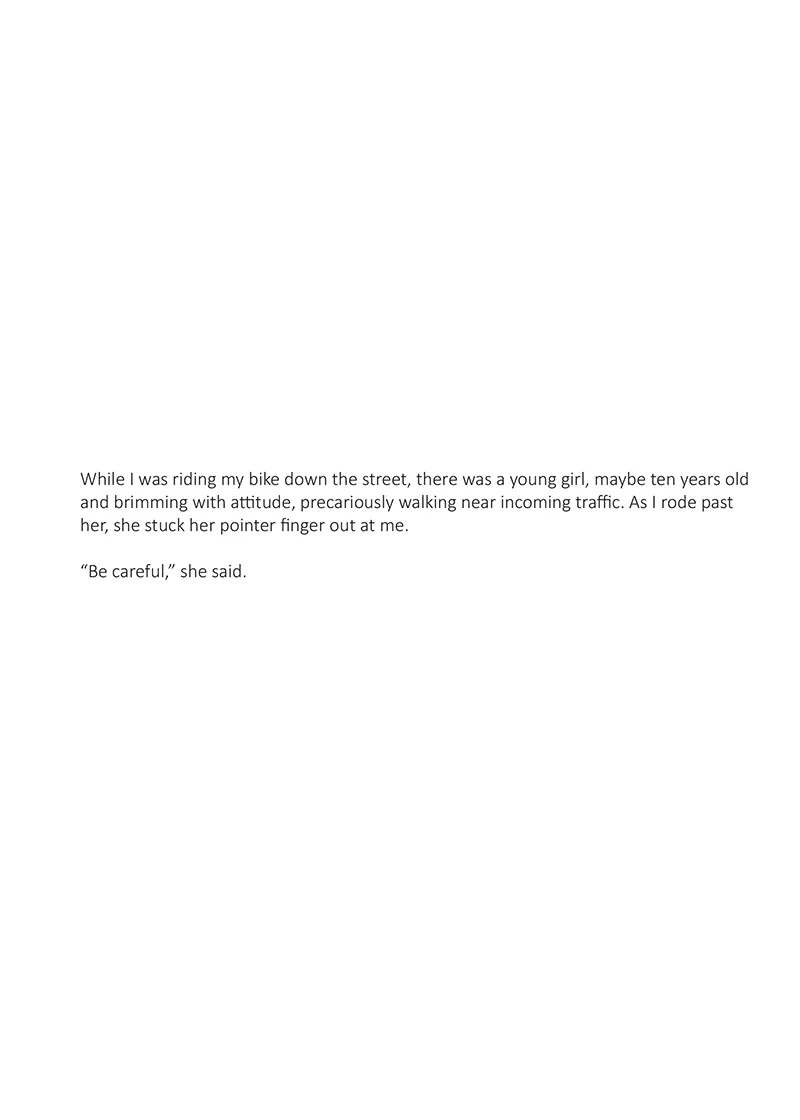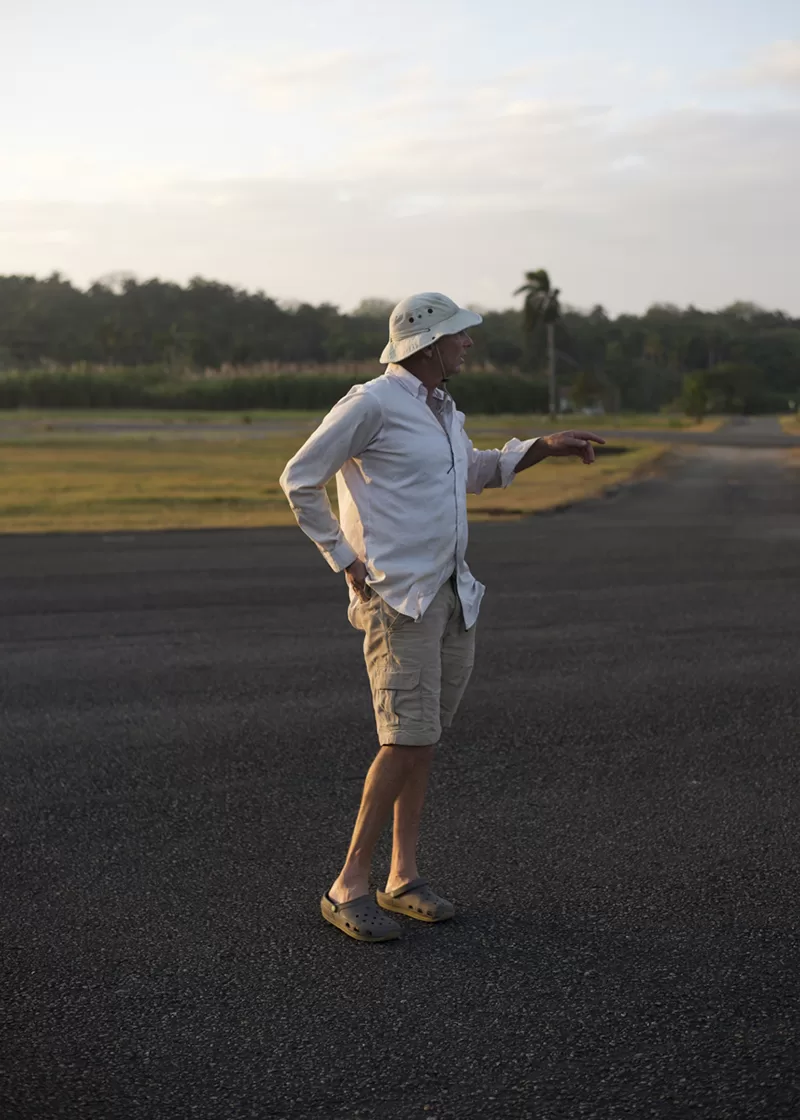Tova Katzman – An Otherwise Fruitless Search
Whatever else they do, photographs are a way of accounting for experience – rendering places and sights, unique moments, all with the same blank intensity. Pictures don’t (and probably can’t) tell us what this surfeit of detail actually means, but they do connect us, however tenuously, to their subjects, and, perhaps more importantly, to the experience of their given subject as it has been framed by the photographer. In one way or another Tova Katzman’s An Otherwise Fruitless Search is about the plenitude of photography and the ways in which we seek to channel it into stories, giving some kind of cohesive structure to the flow of events and moments that photographs apparently contain. Presented with a world of experiences to understand, to shape and to recount, how do we make sense of it, what order can be found in this seeming randomness?
In fact, what Katzman suggests is holding all these disparate encounters together is just the subjective attention of the photographer, building an accumulation of fragmentary insights into a story that still doesn’t quite add up to more than the sum of its parts. It is the tension provided by the desire to create a meaningful trajectory for the events that make up our daily lives, small moments of grace perhaps, but nothing especially remarkable, that keeps this imaginative structure in place. Maybe all the ‘search’ ultimately provides us with is the value of the effort itself, in looking closely at the immediacy of the world around us, trying to discern some kind of order in it, we find an order of poetry, just in the simple presence of things seen. Her pictures here are animated by the frisson of a chance discovery, among all the moments that could potentially have been photographed, of this singular moment that has been made into the picture, its tracing, not entirely accurate, to be sure, but not wholly inaccurate either.
It is precisely this state in indeterminacy that makes up the non-story that is being told by the photographs. The familiar structures of exposition and resolution are suspended – as is the case with most photographic narratives – in favour of a discursive, meandering line, made up of associations and sudden leaps, all hung on the implied presence of the photographer. She is the fulcrum, not of the ‘story’ itself, but of the events that it is formed from, however apparently slight they might be. Katzman has also bookended the work with two anecdotes, short encounters that attest to the imaginative potential of a chance crossing. The integration of pictures and text is difficult at the best of times, but the inclusion of these fragments is very much in keeping with the tone of the work overall. As with the pictures these two encounters are full of potential meaning that does resolve into any clear pattern; there is just the suggestion of something not altogether apparent – that resides, as it were, outside the frame.
The pictures make repeated references to the acts of observation and of recording, simply looking (or indeed, not looking), and even to photography itself. Observation – that is, a conjunction of the observable and the flimsy structures we build on top of it – may well be considered a central theme of this work; however, it is not treated with suspicion, as a set of practices to be critiqued, but with something almost akin to wonder, a sense of surprise at what can be seen, apprehended by the photograph, rendered visible. At the same time, the work outlines an awareness of what experience alone, let’s call it the enduring ‘present tense’ of seeing, doesn’t make known – or knowable. So we weave stories out of these partial glances, showing how this leads to that and to that and to that; connections are made, for whatever they might be worth.

